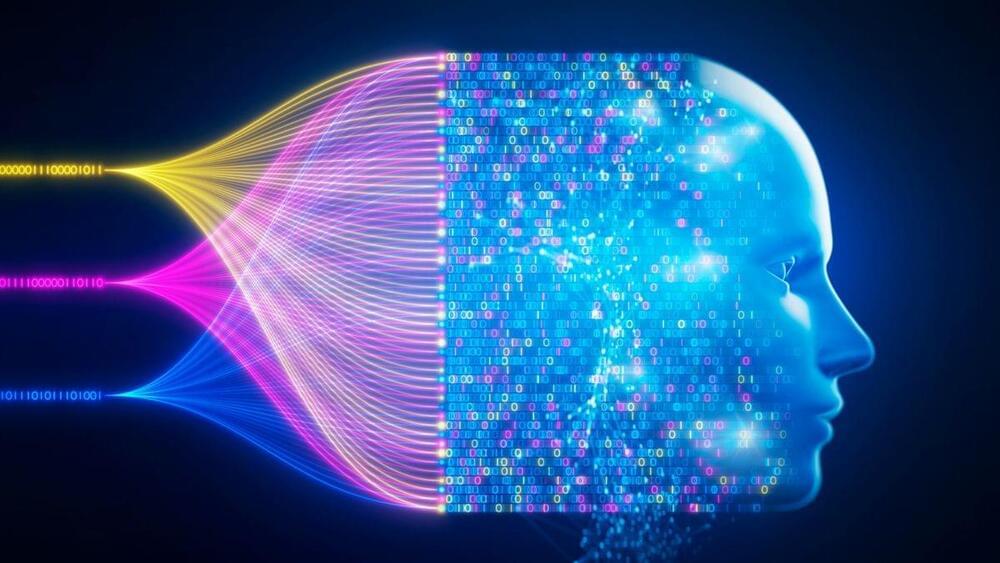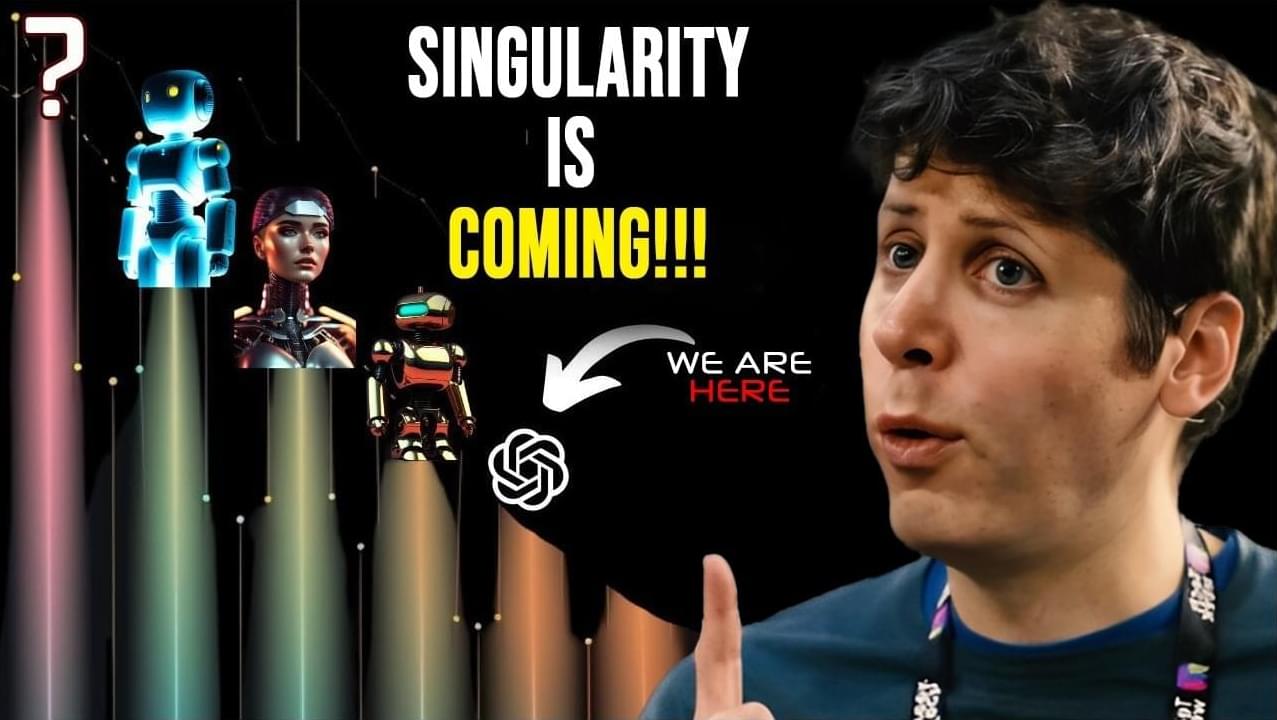Gravitational waves could help us crack the case.
Embodied AI enables robots and autonomous drones to interact with the real world, but how does it work?
Summary: A new study reveals that humans think at a rate of 10 bits per second, while sensory systems process a billion bits per second—100 million times faster. This highlights a paradox: why does the brain process thoughts so slowly when sensory input is so vast?
Researchers propose that the brain’s evolution prioritized focusing on single “paths” of thought, akin to navigating abstract concept spaces. These findings challenge notions of brain-computer interfaces enabling faster communication, as the brain’s inherent speed limit persists.
Are we on the path to becoming one with machines? 🤖✨ In this video, we dive deep into the concept of The Singularity—the point where humanity and artificial intelligence merge into one seamless entity. From advanced neural interfaces to AI-driven biological enhancements, we’ll explore the technologies paving the way for this future transformation.
UVA scientists created an MRI method to study heart fat. This method identifies unhealthy fat that raises heart disease risks.
Following successful early demonstrations of linking two quantum computing chips, IBM is aiming to break records for the largest quantum computer yet by combining many of them in parallel.
Fructose consumption has increased considerably over the past five decades, largely due to the widespread use of high-fructose corn syrup as a sweetener in beverages and ultra-processed foods.
New research from Washington University in St. Louis shows that dietary fructose promotes tumor growth in animal models of melanoma, breast cancer and cervical cancer. However, fructose does not directly fuel tumors, according to the study published Dec. 4 in the journal Nature.
Instead, WashU scientists discovered that the liver converts fructose into usable nutrients for cancer cells, a compelling finding that could open up new avenues for care and treatment of many different types of cancer.
Ever wondered what happens when AI becomes smarter than humans? As we approach the three “scary” stages of AI—AGI (Artificial General Intelligence), ASI (Artificial Superintelligence), and the ultimate stage, Singularity—the line between groundbreaking innovation and existential danger grows thinner.
In this video, we’ll explore these stages, the potential for AI to surpass human intelligence, and the profound consequences of machines thinking, evolving, and controlling their own destiny. Are we truly prepared for the rise of AI?
Chapters:
Intro 00:00 — 0:43
Tachyons, the hypothetical particles that travel faster than light, have long fascinated scientists and enthusiasts. In this video, we explore how the McGinty Equation (MEQ) serves as a groundbreaking tool in understanding these elusive particles. Delve into the world of quantum mechanics, fractal geometry, and gravity as we uncover the potential of tachyons to revolutionize science and technology. From their intriguing properties, such as imaginary mass and energy reduction at high speeds, to their implications for faster-than-light communication and interstellar exploration, this video is a journey into uncharted territories of physics.
We also discuss the quest to detect tachyons, innovative experimental methods, and the role of MEQ in guiding researchers. Could tachyons be the key to unlocking new dimensions, explaining dark matter and energy, or understanding the origins of the universe? Join us in this deep dive into the unknown and discover the potential future of tachyon research.
#Tachyons #McGintyEquation #QuantumMechanics #FractalGeometry #FasterThanLight #ImaginaryMass #QuantumPhysics #AdvancedPhysics #TachyonResearch #LightSpeedPhysics #QuantumFieldTheory #ScientificDiscovery #SpaceTime #InterstellarTravel #DarkMatter #DarkEnergy #FasterThanLightCommunication #PhysicsBreakthrough #CosmicMysteries #HypotheticalParticles









